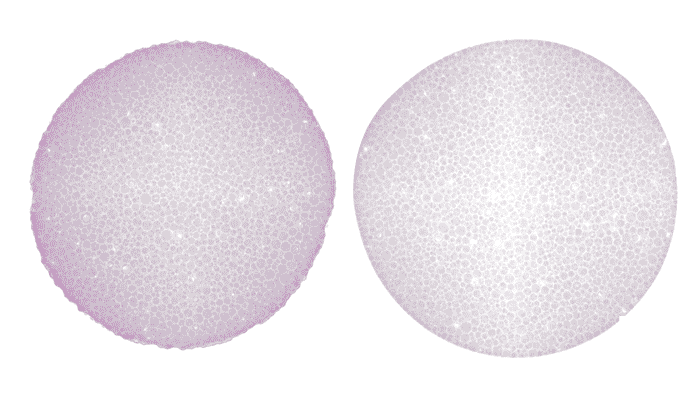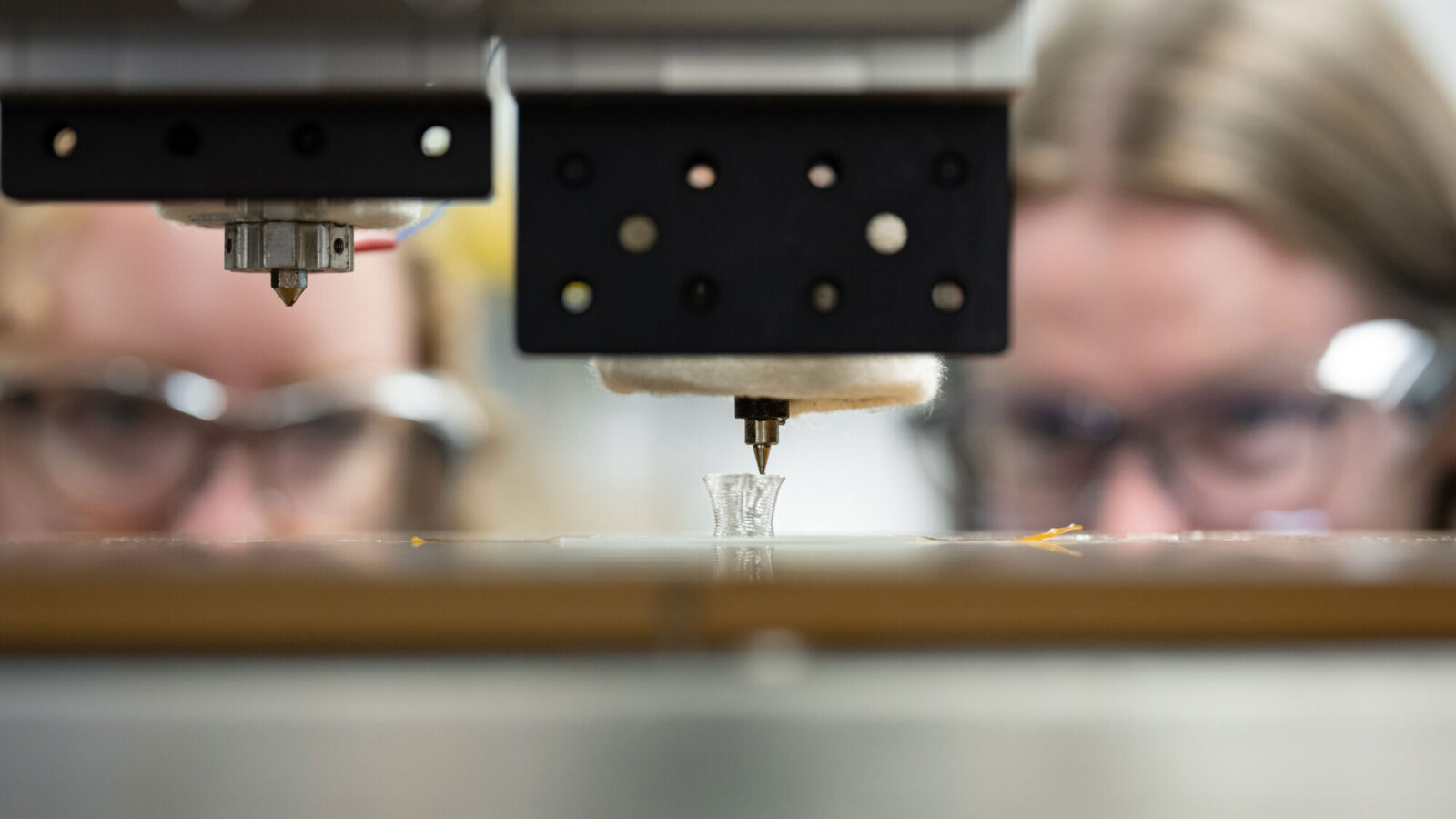
Shrinking grains expand understanding of self-healing materials
By
on

In a pair of new studies, Princeton University researchers found that in a large class of common granular materials, including clay and human skin, the shrinking of individual grains as they dry strongly influences how these materials crack. Previous work held the size of each grain constant over time, as in sand. But harnessing this previously overlooked trait, called shrinkability, enabled the researchers to predict and even reverse cracking in these materials over time. The discovery impacts everything from biomedical treatments to fuel cells to toxic-waste containment.
“The application of materials that spontaneously heal themselves, by leveraging shrinkability, is something I’m very excited about,” said Sujit Datta, assistant professor of chemical and biological engineering at Princeton University and lead author on the studies.
In the first paper, the researchers report how, by carefully balancing conditions, they were able to fine tune a shrinkable granular material so that it alternately cracked apart in precise clusters, didn’t crack at all, or started to crack but closed again. The second paper, published on October 10 in Physical Review Letters, lays out the general physics governing shrinkability – how each grain changes individually as it interacts with the aggregate, and how this trait impacts the cluster sizes once a granular material cracks.
“A lot of things absorb water and change volume,” said Jeremy Cho, a former postdoctoral researcher at Princeton who was first author on the two papers. But as engineers study how to control those processes, Cho said, they should pay close attention to individual grains.
“Shrinkability matters,” he said, “and in particular, the transport of water in a system is important in dictating how these cracks evolve.”
The initial finding came by accident, when researchers in Datta’s lab acquired a microscope that would allow them to take high-resolution images with extremely precise focus. Cho and a graduate student in the lab, Nancy Lu, packed sample discs with wet hydrogel beads – an important material for delivering precision drugs and a model for clay-rich soils and biological tissues – to observe what would happen as they dried. By taking a series of images over time, the researchers created videos of the drying in action, testing how the results changed with the speed and direction of the drying. Almost immediately, Datta’s team hit on a set of conditions that led to spontaneous self-healing.
“It happened so quickly,” said Cho, who is now an assistant professor at the University of Nevada, Las Vegas. “I was supposed to do something completely different with flow through porous media. But then this kind of fell in our lap and once we saw the video we said, ‘OK, we’ve got to write a paper about this.’”
Modern understanding of crack formation began with a landmark 1921 paper by the English engineer Alan Arnold Griffith. While the underlying math has been updated and extended in the decades since, the shrinkability of individual grains went unnoticed, preventing engineers from maximizing the use of shrinkable granular materials.
“This is lovely work – a beautiful combination of experiments, simulations, and theory aimed at understanding a classical but elusive problem of crack formation in solids,” said Paulo Arratia, a professor of mechanical engineering and applied mechanics at the University of Pennsylvania, who was not involved in the study. “Griffith’s theory is the starting point and much work has come since using principles of continuum mechanics. Datta’s work adds to this body of literature in an interesting way.”
The impacts on environmental applications are particularly promising, said Datta, who is an associated faculty member in the Princeton Environmental Institute and the Andlinger Center for Energy and the Environment. In addition to preventing or healing cracks without intervention, the findings could improve applications in which cracking is advantageous, as in fuel cells, where maximizing the surface area of the internal membrane is key to performance.
The new results build on previous work by Princeton researchers George Scherer, the William L. Knapp ’47 Professor of Civil Engineering, emeritus, and William Russel, the Arthur W. Marks ’19 Professor of Chemical Engineering, emeritus. Scherer pioneered the physics of shrinking gels, and Russel the cracking of colloidal dispersions – complex fluids with tiny solid particles suspended in a solution.
“We realized that we could build on their work to understand the influence of this one feature, which is the shrinkability of the grains, that turns out to strongly influence cracking,” Datta said. “Since cracking arises in many shrinkable granular materials – clays, biological tissues and hydrogel coatings – we expect that our results will be applicable in many different settings.”
This work was funded in part by the School of Engineering and Applied Science at Princeton University, the Grand Challenges Initiative of the Princeton Environmental Institute, and the Princeton Center for Complex Materials, a Materials Research Science and Engineering Center supported by NSF grant DMR-1420541.







